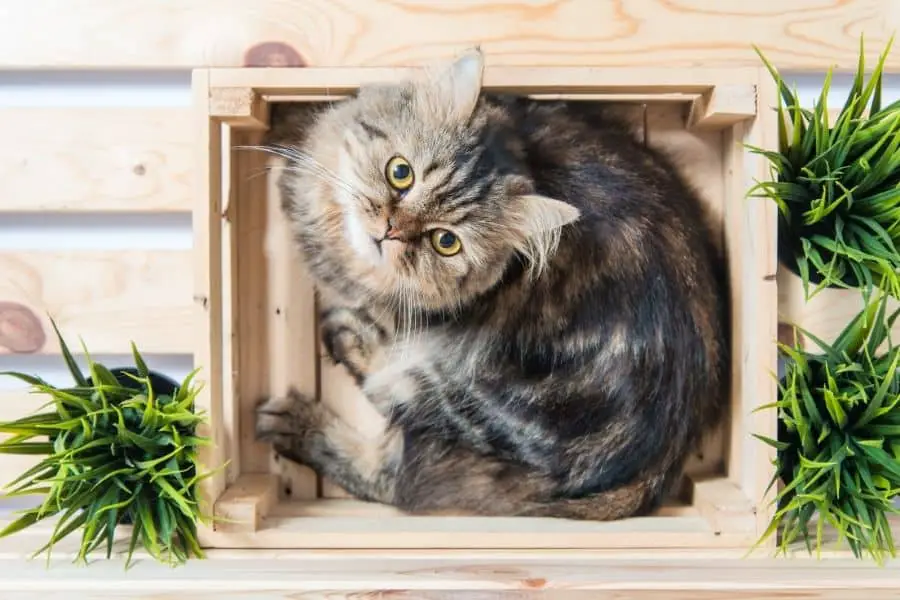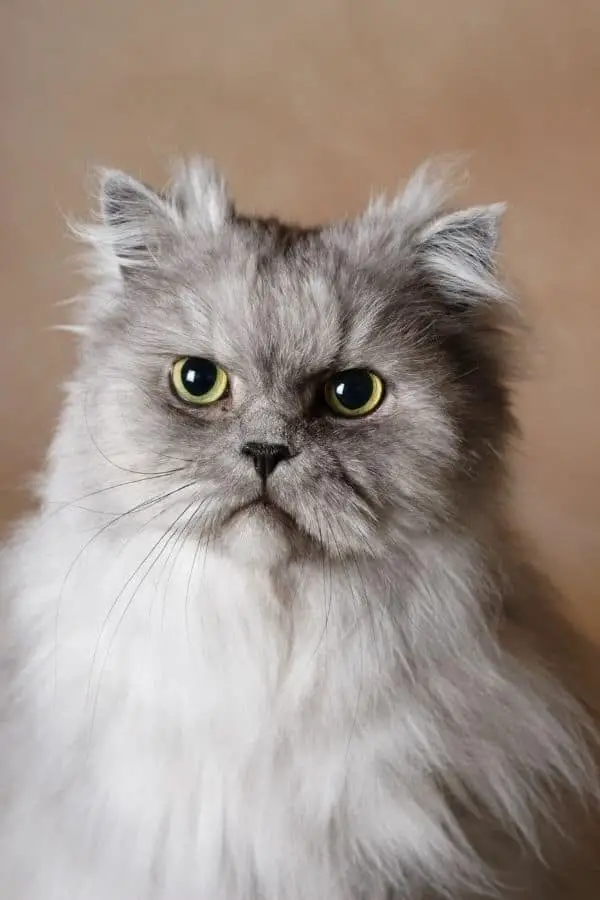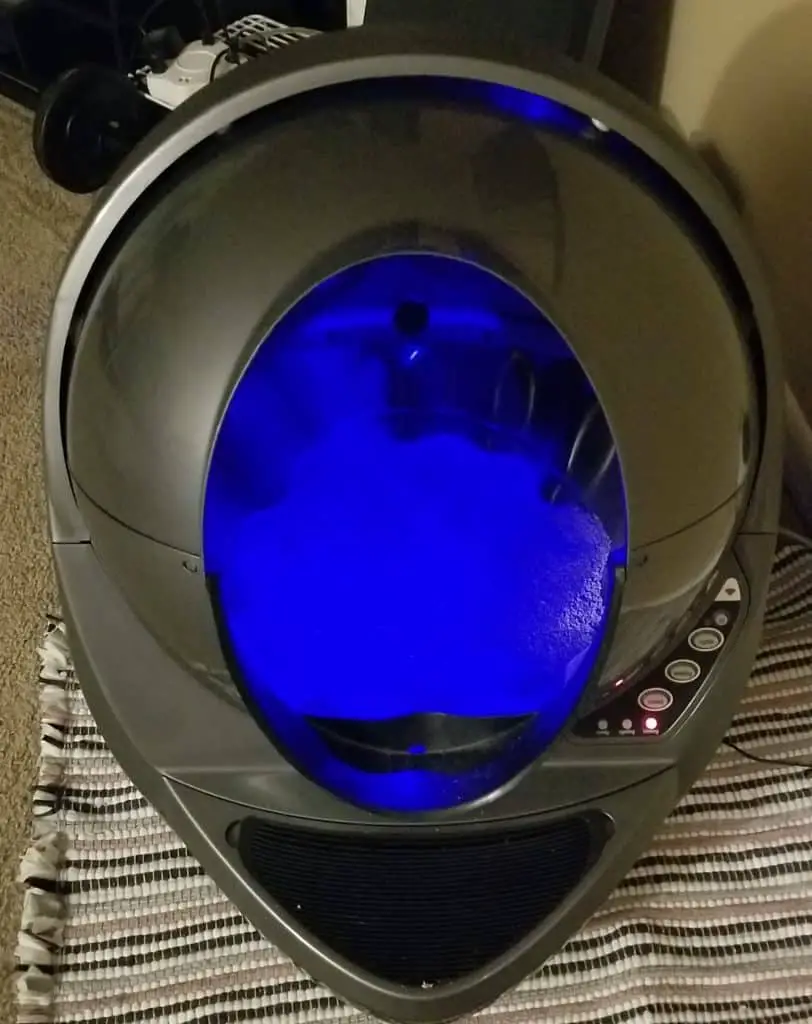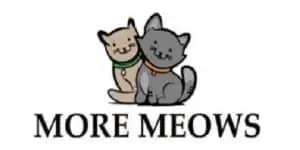More Meows is an Amazon Associate. As an Amazon Associate we earn from qualifying purchases. We may also earn commissions if you purchase products from other retailers after clicking on a link from our site.
It is worth your time to research the growth of a Persian cat, especially if you are considering adopting, fostering, or buying one. There will be a lot of information online that discusses Persian cats, but you still may be left with questions about how they grow.
On average, Persian cats weigh under 4 ounces when they are born. As they grow up, their fur becomes fluffier, and they become heavier. Typically, Persian cats will gain around three pounds each year and can be as tall as fifteen inches. Eventually, Persian cats will weigh between 11 and 15 pounds.
You probably would like some more details that go in-depth about each individual growing stage, along with essential things to note about each one. If so, this article is what you have been looking for. Continue to read to have Persian cat growth explained.
If you are wondering what the best products are for your cat, check out this article that will break down all my recommendations for you: Things To Buy For A Cat Right Now!
What are the Persian Cat Growth Stages?

Persian cats go through different life changes as young kittens, around six months of age, at one year, and at two-years-old and later.
Persian cats are fluffy felines that you will want to adopt as soon as possible. But without prior knowledge of their growth, you will not be equipped as well as you should be to take care of these beautiful cats. If you have the necessary background knowledge of Persian cats, caring for them will go much smoother than if you did not.
Continue reading for more information about how these cats transform and grow over their lifetime.
Persian Kitten Characteristics
When Persian cats are first born, you will be in love with how tiny they are. They have a tendency to weigh no more than four ounces, and they can be as small as three ounces. Be sure to remember that you must keep a close eye on them, especially as their life state at this point is exceptionally fragile.
Various things are essential to know about Persian kitten growth during their newborn phase. Below you will find a list of critical things to remember and consider.
- If they are on the larger side, they have a greater chance of not making it. Their greater chance of not making it could be due to difficulties during birth.
- The mother cat may have trouble feeding her kittens at first. If this is the case, make sure you are feeding your Persian kitten with a syringe.
- Their fur has not grown in yet. Because these cats are known for their luxurious fur, it may be a bit shocking to see. Do not be surprised when they are not a ball of fluff at the time of their birth and the following months.
You will notice right away that Persian cats had a shorter body than the average feline. Their legs are small, along with the size of their torsos, but their fur will make up for it. When Persian kittens are first born and in the months after, you need to prepare yourself for the shedding hair you are about to receive.
Since Persian cats are so tiny during this period of their life, now would be an excellent time to understand if Persian cats get along with dogs. Check out our article: Click Here.

Six Month Old Persian Kitten
When a Persian cat reaches the sixth-month mark, you will be amazed at how much they changed since they were born. It might be in your kitten’s best interest to get them spayed or neutered since those procedures are typically performed at that age.
It is important to remember that these six-month-old Persian cats are still babies, and they will be continuing to grow. Something essential to consider for their growth is how you are managing their diet. Having an obese Persian is what many owners deal with, but issues stemming from their weight can be resolved by restricting their food intake.
Speaking of Persian cats eating, it is also essential to understand why they might be vomiting. Check out our article on the 5 unique reasons Persian cats could be vomiting: Click Here.
One Year Old Persian Cat
By the time this fluffy breed has turned a year old, you will love them more than you ever thought was possible. Even though they are still babies, their personalities should be mostly developed, and the beautiful fur should have made an appearance.
Here is a list of where the majority of Persians should be with their growth and development.
- If they are male, they will weigh anywhere from nine to fourteen pounds.
- The weight of females will range anywhere from seven to eleven pounds.
- These babies will still have their kitten coat, and as they progress in age, their coloring will become darker.
- Some may stop growing soon after their first birthday, but most are done around two.
At this point, you will have realized that your Persian cat, like most, is not as energetic as other breeds of cats. They are usually relaxed and calm and enjoy napping throughout the day. However, they do like attention and will often be looking at you to give it to them.
With regard to a Persian cat’s personality and energy, you may be wondering if they are hunters. Check out our article on if Persian cats will hunt: Click Here.
Two Year Old Persian Cat
After two years of a Persian cat’s life has gone by, they will have shed all of their kitten coat and achieved their adult coat. When the two-year mark has passed, this cat breed should have completed the growing process. They will be friendly and ready to receive as much attention as they possibly can.
Here are some other things to know about Persian cats at the age of two:
- Two-year-old Persian cats who are male will weigh around eleven to fifteen pounds.
- A two-year-old female Persian cat will weigh in at around twelve to fourteen pounds.
- To decrease the amount of extra hair you may find on your clothing or couches, you can brush your cat each day. Brushing also allows for a limited amount of tangles in the long fur.
Even though they may be considered an adult cat, do not worry too much about them getting older. On average, a Persian cat will live anywhere from ten to fifteen years. You will have what seems like a lifetime of cuddles with this fluffy breed.
Now that we have mentioned a Persian cat’s hair, it’s critical to know if they have hair or fur. Check out our article to learn more: Click Here.
Impacts on a Persian Cat’s Growth
Now that you have been made aware of what a Persian cat’s growth can look at up to two years of age, there is a chance you may be wondering if anything could stunt their growth. Because you love your Persian, you will want to do anything you can to help them grow into happy and healthy animals.
Keep reading to see some of the reasons why this cat breed might have impacted growth.
Where Your Persian Cat Grew Up
It is critical to know where your Persian came from, if possible. Its origin and where it has been growing up can significantly impact the amount of time it will take to grow, and even if it will be able to reach its potential at all.
They might not reach their potential if the cat spent most of its life on the streets or at an animal shelter. Most shelters do not have the funds to feed their animals the amount they need, so the Persian cat may be undernourished. You will most likely not run into this problem if you buy your cat from a breeder at a young age.
Persian Cat Genetics
Most animals are similar to humans in that their DNA and genetic makeup play a large role in whether or not they meet their growth goals and expectations. Persians are not different. Some ways that their genetic makeup may play a role in their growth include:
- Having a disorder such as deafness
- A kidney disease found in some Persians, known as Polycystic Kidney Disease
- Their parents or related family not growing to their full size
- Any abnormalities with their body or brain
Even though a Persian cat is generally healthy, it is always crucial that you are on the lookout for any problems that may arise. Educating yourself on the issues that could happen will help you in the long run.
One abnormality that you may encounter is hair loss. Check out our article on the 9 reasons for Persian cat hair loss: Click Here.
Conclusion
The growth of a Persian cat is a usually steady process. They stop growing around the age of two and will continue to grow if they are overfed continuously. Some problems may interfere with their growth, and it is crucial you are aware of anything that could happen.
If you enjoyed this article, please check out two other Persian cat articles:
- Persian Cat Mating Guide: Click Here.
- Do Persian Cats Scratch Furniture: Click Here.
- Is It Bad To Kiss Your Cat? (Cat Love And Affection): Click Here.
Here are some of my favorite cat products
In addition to checking out some other More Meows articles, I hope you’ll check out some of my favorite cat products as well. These are affiliate links, so if you end up using them, I’ll get a commission at no extra cost to you. These are the products I really do find most helpful.
Litter Box: I started out with normal, traditional litter boxes for my cat. Then, I tried this automatic litter box on Amazon (affiliate link), which helped reduce the litter upkeep. Finally, I am now a believer in the Litter-Robot 3 Connect on Amazon (affiliate link). This robotic litter box is not for everyone based on the price tag, but for me the benefits (very little upkeep, works efficiently, clean, mobile app) far outweighed the cost.

Cat Tree: I have purchased a couple of this Amazon Basics Cat Tree on Amazon (affiliate link). My cat spends a lot of time on and around this cat tree, which I position near my sofa. She uses the scratching posts on this cat tree multiple times a day, which means she is not scratching the sofa instead.
Cat Water Fountain: I love this cat water fountain on Amazon (affiliate link). There are three main benefits to having a water fountain like this for your cat. The first benefit is that it keeps water running so that your cat doesn’t need to drink still water. The second benefit is that it filters the water. The third benefit is that it will keep your cat hydrated!
